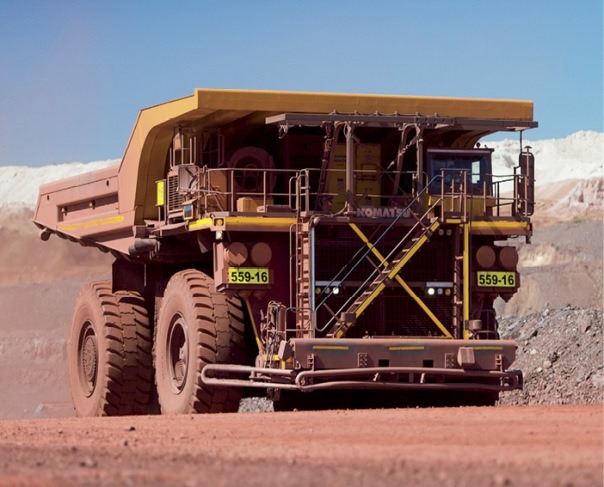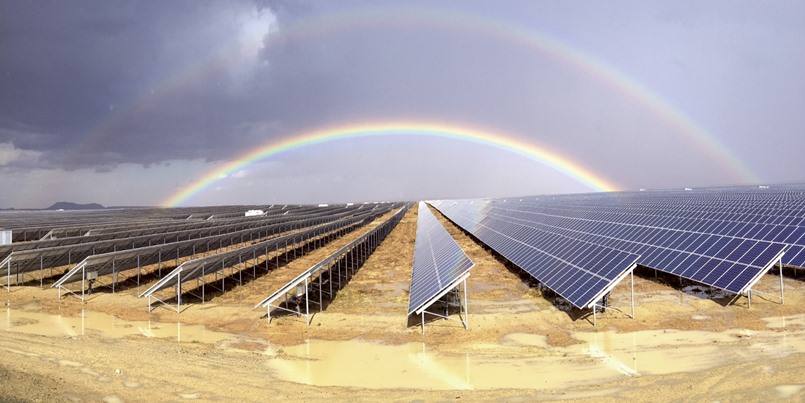Overview of the Northern Cape
The Northern Cape is South Africa’s largest province, covering 30% of the country’s landmass on the dry western side of the country bordering the Atlantic Ocean, Namibia and Botswana. The provincial population of just over a million represents 2.2% of the country’s population and the principal languages are Afrikaans (54%) and Setswana (33%). The San people live in the arid regions of the north.
The province is well served in transport and communications, despite its vast size (361 830 square kilometres). Airports at Kimberley and Upington are quite substantial and many smaller towns, mines and game reserves have landing strips. The road network is extensive.
Mining and agriculture are the province’s most important sectors, but renewable energy is growing very fast indeed. In the nationally run process to encourage the private sector to invest in renewable energy, fully 60% of the projects so far approved have been allocated to the Northern Cape (top image: Kalkbult CSP).
This represents 66% of the billions of rands invested to date in bringing new power to the national grid. The Northern Cape is particularly well-suited to solar energy installations and both of the main technologies (photovoltaic and concentred solar power or CSP) are being installed all over the province. The towns of Upington and De Aar are seen as possible future hubs for the further development of solar power-related industry.
The Orange River is the most important geographical feature of the province, providing irrigation to support a thriving grape, sultana and wine industry. One small hydro-electric power scheme has been approved, but the potential for more such schemes is surely huge. Other crops such as lucerne, cotton, wheat, peanuts and maize are grown in the Orange River Valley and in other irrigation scheme areas such as the Vaalharts Irrigation Scheme in the eastern part of the province. Sheep and goats are the most popular livestock, and horse-breeding is a lucrative activity.
The Northern Cape is home to six national parks and five provincial parks and nature reserves. The Richtersveld Cultural and Botanical Landscape is a World Heritage Site, while the natural spring flower show that appears in Namaqualand is one of the wonders of the world. In 2016 the well-respected international tourist book, Rough Guide, elected the stark beauty of the Richtersveld on to its Top Ten list of places to visit.
Most of the province falls into the category of semi-arid (apart from the coastal strip) and it receives relatively little rainfall. Summers are hot and winters are cold. The western parts of the province are famous for spectacular displays of flowers in spring.
Mining has long been a mainstay of the provincial economy, contributing 27.6% of provincial GDP (StatsSA). However, only 7% of the population gains employment from the sector, as fully 31% are employed in the community services sector. Iron ore and manganese are the two main minerals, with the Sishen-Saldanha rail line being one of the longest and most technically advanced logistics links in the world.
Provincial Growth and Development Strategy
The key economic sectors that are focused on to realise the socio-economic priorities of the Province are as follows:
- Agriculture and Agro-Processing
- Fishing and Mari-culture
- Mining and Mineral Processing
- Manufacturing
- Tourism
- Knowledge Economy
- Renewable Energy
Download the full document providing a socio-economic overview and trade and investment profile of the Northern Cape.
Contact
To discuss opportunities mentioned above, please contact the Northern Cape Department of Economic Development and Tourism.




